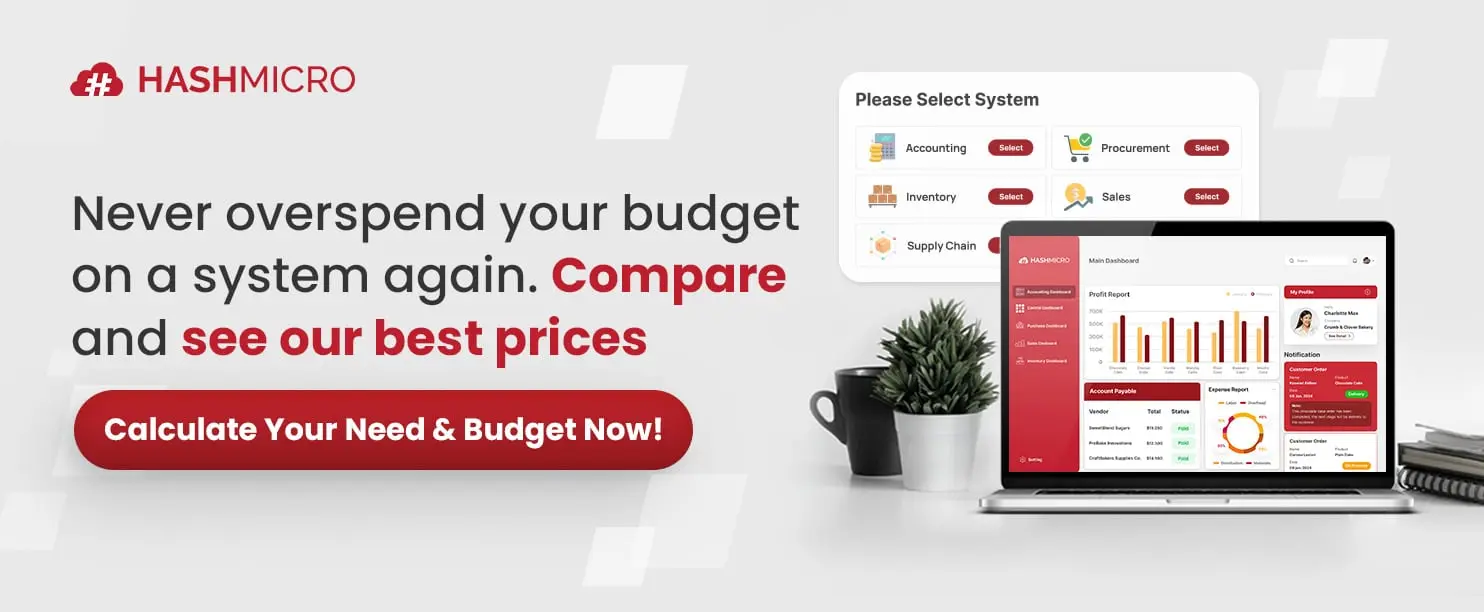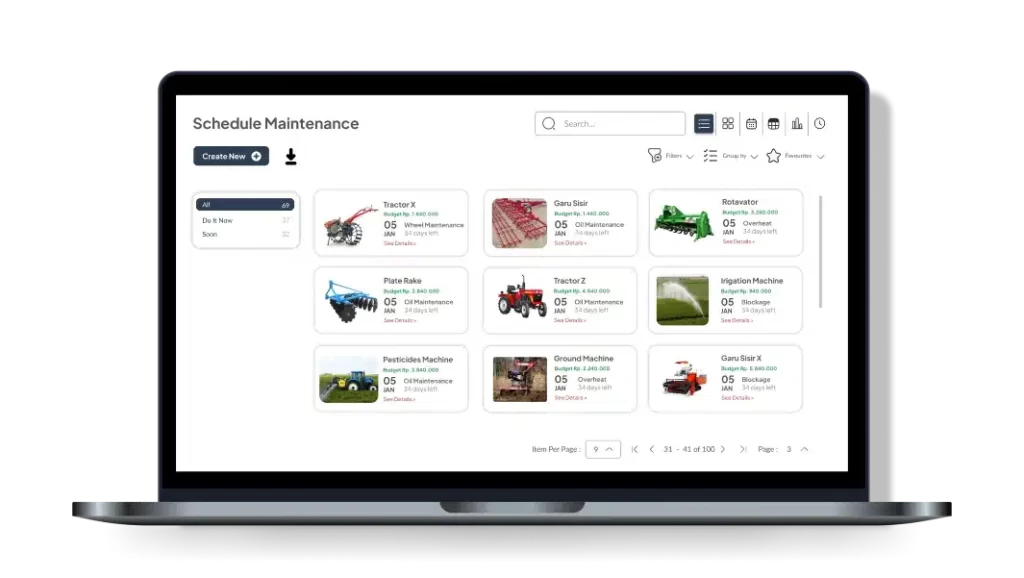In my experience, the biggest challenge in modern farming is maintaining profitability against rising costs and labor shortages. This is where agriculture automation becomes a necessary strategy, not just a futuristic idea.
These operational pressures directly impact our yields and sustainability, making efficiency crucial. To solve this, we need a robust agriculture software that integrates technology into our daily processes.
This guide will explore how automation can transform your agribusiness. Let’s dive into the practical steps and technologies that can secure a profitable future.
Key Takeaways
|

What Is Agriculture Automation and Why Is It So Important?
Agriculture automation uses technology like robotics and AI to perform tasks with minimal human intervention. Its main goal is to improve efficiency in operations, from planting to harvesting.
This is crucial for modern agribusiness as it enables data-driven decisions for resource optimization. By automating, businesses can address labor shortages and increase overall productivity.
Key Technologies in Agriculture Automation
Understanding the core technologies is the first step toward building an effective automation strategy. These tools work together to create a smarter and more connected farming ecosystem.
- Robotics and autonomous machinery: These machines perform physical tasks like planting and harvesting with high precision. For example, GPS-guided tractors can operate 24/7 without a driver.
- Drones and satellite imagery: This technology provides aerial views for comprehensive field analysis and problem detection. Drones use special cameras for advanced crop monitoring to spot issues early.
- Internet of Things (IoT) and sensors: A network of sensors collects real-time data on soil moisture, temperature, and nutrient levels. This information can trigger automated irrigation systems when needed.
- Artificial Intelligence (AI) and machine learning: AI algorithms analyze data from various sources to predict outcomes like crop yield or disease outbreaks. For instance, AI can differentiate between crops and weeds for robotic weeders.
- Centralized farm management software (ERP): This software integrates all farm data and technologies into a single dashboard. It provides a holistic view for monitoring and controlling all operations.
Benefits of Implementing Agriculture Automation
Adopting automation offers significant competitive advantages beyond simple efficiency. It transforms core business aspects, leading to greater profitability and sustainability.
- Increased productivity and crop yield: Automated machinery operates continuously, leading to faster planting and harvesting cycles. This consistent operation directly boosts the total output per acre.
- Operational cost and labor efficiency: Automation reduces the need for manual labor, lowering payroll expenses significantly. It also optimizes the use of resources like fertilizer, cutting material costs.
- Improved product quality and consistency: Automated systems ensure tasks are performed with uniform precision, from planting depths to harvesting times. This consistency results in a higher-quality and more valuable final product.
- Supporting sustainable farming practices: Precision technology applies water and pesticides only where needed, reducing waste and environmental impact. This targeted approach promotes long-term soil health and sustainability.
- Accurate data-driven decision-making: Real-time data from sensors and drones provides actionable insights for better management. This allows managers to make informed choices that optimize resource allocation and mitigate risks.
Implementation Challenges of Automation and How to Overcome Them
While the benefits are clear, transitioning to automation presents several challenges. A strategic approach is needed to navigate these obstacles for a successful implementation.
- High initial investment costs: The upfront cost of technology can be a barrier. To manage this, businesses can explore financing options or start with a smaller pilot project.
- Need for technical expertise: Operating advanced systems requires new skills. This can be addressed by investing in employee training and partnering with technology vendors for support.
- Data security and connectivity issues: Connected farms are vulnerable to cyber threats and poor connectivity. The solution is to implement strong security protocols and use technologies like edge computing.
- Complex system integration: Making different technologies work together can be difficult. Choosing a unified ERP platform from a single vendor simplifies integration and ensures seamless data flow.
Guide to Implementing Agriculture Automation
Embarking on the automation journey requires a clear and structured plan. This step-by-step guide helps ensure a smooth and successful transition for your agribusiness.
- Evaluate needs and set goals: First, assess your current operations to identify key pain points and inefficiencies. Then, set clear and measurable goals for what you want automation to achieve.
- Start small: Begin with a focused pilot project instead of a full-scale overhaul. This approach minimizes risk and allows your team to gain valuable hands-on experience.
- Choose the right technology and vendors: Research and select technology partners with a proven track record in agriculture. Prioritize solutions that are scalable and offer excellent support and integration capabilities.
- Integrate with a centralized management system: Ensure all your new technologies feed data into a central ERP system. This creates a single source of truth for comprehensive operational control.
- Train your team and evaluate periodically: Invest in training to empower your team to use the new systems effectively. Regularly review performance against your goals and make adjustments as needed.
With these steps, you can confidently adopt automation without overwhelming your resources. If you’re ready to see how these strategies can be tailored to your business, click the banner below to explore the implementation cost.
The Future of Automation in the Agricultural Sector
The future of farming will be defined by hyper-automation, where the entire agricultural ecosystem is connected. Machines will communicate with each other to coordinate tasks in real-time.
Predictive analytics will become even more precise, forecasting yields and market demand with incredible accuracy. Adapting to these trends is essential for any business aiming to lead the market.
Optimize Your Agribusiness Management with Solutions from HashMicro
To streamline your transition, a comprehensive system like HashMicro Agriculture Software is essential. It is designed to automate and simplify complex agricultural business processes.
- Comprehensive Financial Management: This feature creates and tracks budgets for each location by automatically logging all income and expenses.
- Efficient Operational Control: It manages all farm activities, from land preparation to harvest, through a centralized scheduling system.
- Advanced Yield Prediction: The system uses historical and real-time data to generate accurate forecasts of harvest yields.
- Integrated Inventory Management: It monitors stock levels of inputs and produce across multiple warehouses in real-time.
- Worker and Asset Management: This function tracks employee productivity and schedules equipment maintenance to prevent operational downtime.
Our system enhances efficiency, transparency, and automation across your entire operation. To see how our solution can specifically help your business, try our free demo now.
Conclusion
Agriculture automation is the cornerstone of a modern, efficient, and profitable agribusiness. It provides tangible solutions to the industry’s most significant challenges.
Implementing a unified system is key to unlocking the full potential of this technology. HashMicro Agriculture Software provides the integrated platform needed for this transformation.
Take the next step towards a smarter farming future for your business. Schedule your free demo today to explore the possibilities.
FAQ about Agriculture Automation
-
What is the most practical first step to start agriculture automation?
The most practical first step is to conduct a thorough assessment of your current operations to identify the most significant pain points. Starting with a small pilot project, such as automating irrigation in one area, allows you to test technology and measure its impact before a larger investment.
-
Will automation completely replace human labor in farming?
Automation is unlikely to completely replace human labor. Instead, it will transform roles by handling repetitive and physically demanding tasks, allowing human workers to focus on more strategic responsibilities like system management, data analysis, and decision-making.
-
Is agriculture automation only suitable for large-scale farms?
While large-scale farms can benefit significantly, automation is increasingly accessible for smaller operations. Scalable solutions and modular technologies allow small and medium-sized farms to adopt automation incrementally, starting with affordable tools like drones or basic sensor systems.
-
How do you measure the Return on Investment (ROI) of agriculture technology?
ROI is measured by comparing the total cost of investment against the financial gains. This includes calculating cost savings from reduced labor and resource use, as well as increased revenue from higher yields and better product quality over a specific period.
-
What is the main role of ERP software in an agriculture automation ecosystem?
ERP software acts as the central brain of an automated farm. It integrates data from all technologies, such as sensors, drones, and machinery, into a single platform to provide a holistic view of operations, streamline workflows, and support data-driven decision-making.































